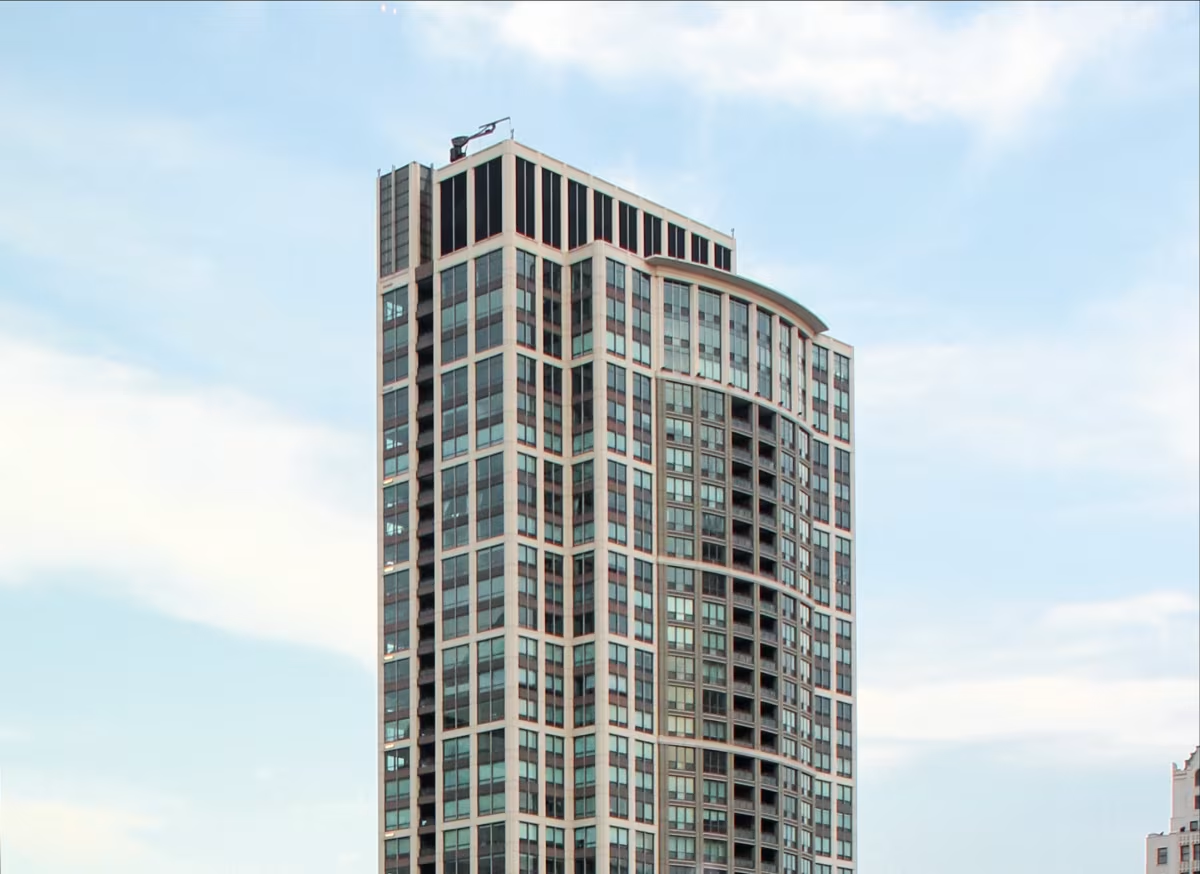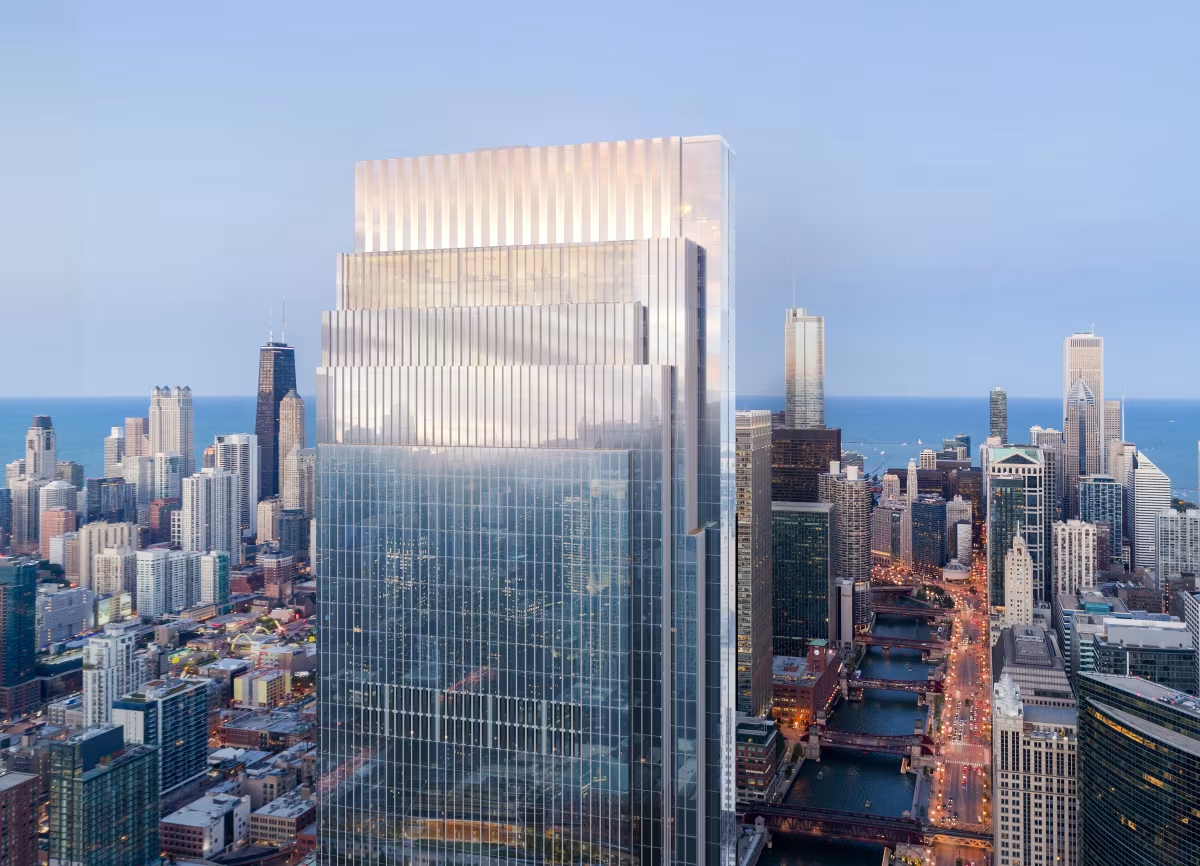Heritage at Millennium Park vs Salesforce Tower


Comparing the Heritage at Millennium Park and the Salesforce Tower is interesting because they both rise in Chicago, IL, yet they were conceived by two different design teams, Solomon Cordwell Buenz and Pelli Clark & Partners, and were completed at different points in time. They were finished more than a decade apart.
This contrast within the same city allows us to see how different creative minds interpreted the evolving needs of Chicago across time.
Let's take a closer look!
Height & Size
Architectural Style
Both the Heritage at Millennium Park and the Salesforce Tower were designed in line with the aesthetic conventions of the Contemporary style.
At the time, this style was at the height of its popularity. So both Solomon Cordwell Buenz and Pelli Clark & Partners followed what was in many ways expected of them, producing designs that fit comfortably within contemporary architectural norms, rather than breaking with convention.
Uses
The Heritage at Millennium Park follows a mixed-use model, combining residential and retail. In contrast, the Salesforce Tower has remained primarily commercial.
The Heritage at Millennium Park offers 359 residential units.
Structure & Facade
Both towers share the same structural solution, a Frame system.
A frame structure uses a grid of columns and beams to carry the building's loads. This frees the walls from structural duties, allowing for flexible floor plans and larger windows.
However, when it comes to the facade, both buildings use different approaches. The Heritage at Millennium Park uses a Modular facade, while the Salesforce Tower uses a Curtain Wall facade.
A Modular facade like the one seen in the Heritage at Millennium Park employs prefabricated panels, often mixing solid surfaces with smaller windows, while a curtain-wall facade like the one seen in the Salesforce Tower uses a lightweight glass curtain wall hung from the structure.
| Heritage at Millennium Park | Salesforce Tower | |
|---|---|---|
| Solomon Cordwell Buenz | Architect | Pelli Clark & Partners |
| 2002 | Construction Started | 2020 |
| 2005 | Year Completed | 2023 |
| Contemporary | Architectural Style | Contemporary |
| Mixed | Current Use | Commercial |
| 57 | Floors Above Ground | 57 |
| 192.4 m | Height (m) | 249 m |
| 1 | Built-up Area (m²) | 134709 |
| 103,938 m² | Usable Area (m²) | 111,484 m² |
| Frame | Structure Type | Frame |
| Reinforced Concrete | Vertical Structure Material | Steel |
| Reinforced Concrete | Horizontal Structure Material | Poured Concrete Over Metal Decking |
| No | Facade Structural? | No |
| Glass,steel | Main Facade Material | Steel, Glass |
| Walsh Construction Company | Main Contractor | Walsh Construction |
| Mesa Development, LLC | Developer | Hines |
| Environmental Systems Design, Inc. | MEP Engineer | Alvine Engineering |
| IL | State | IL |
| Chicago | City | Chicago |
| 130 N Garland Court | Address | 333 West Wolf Point Plaza |